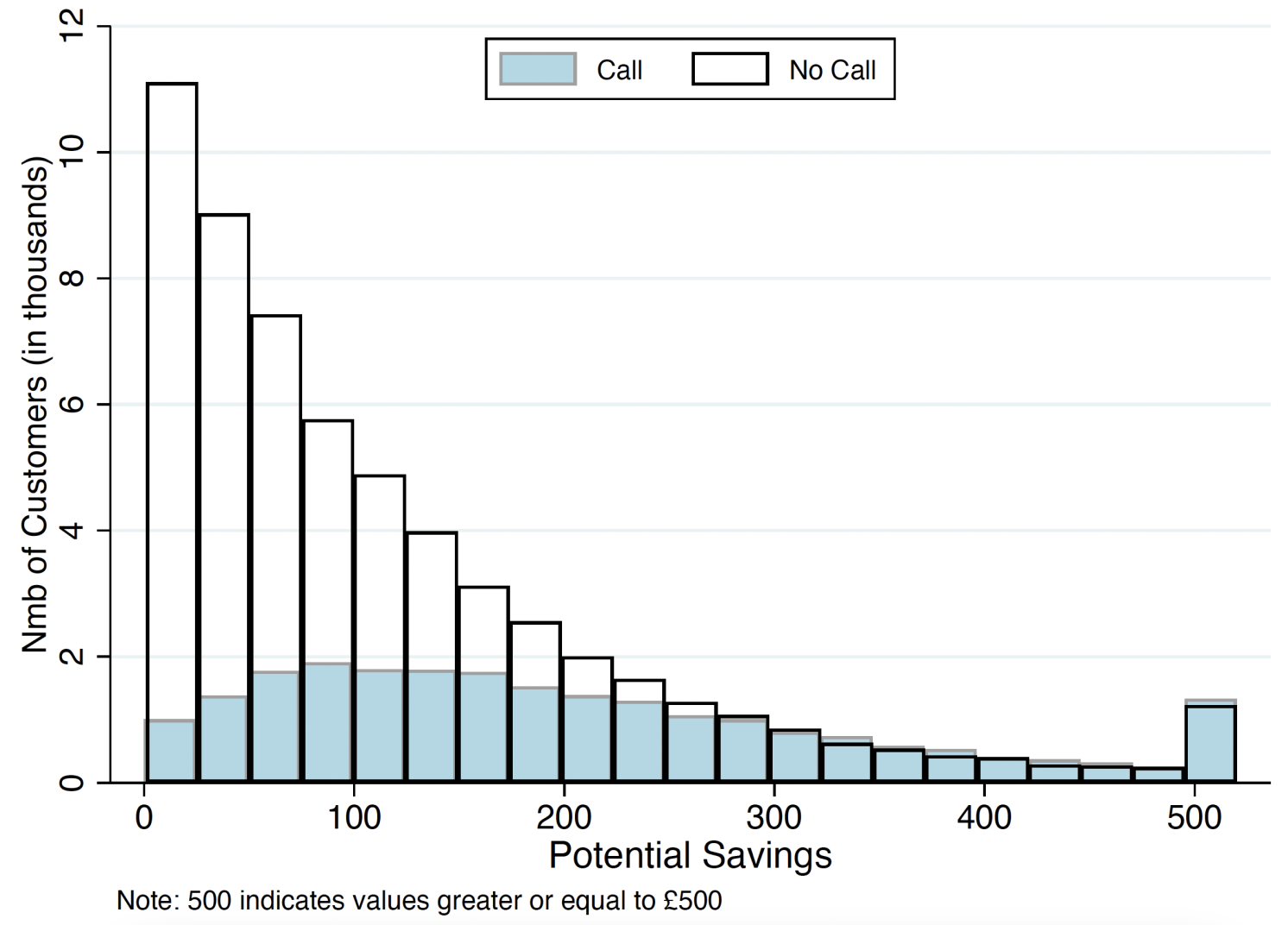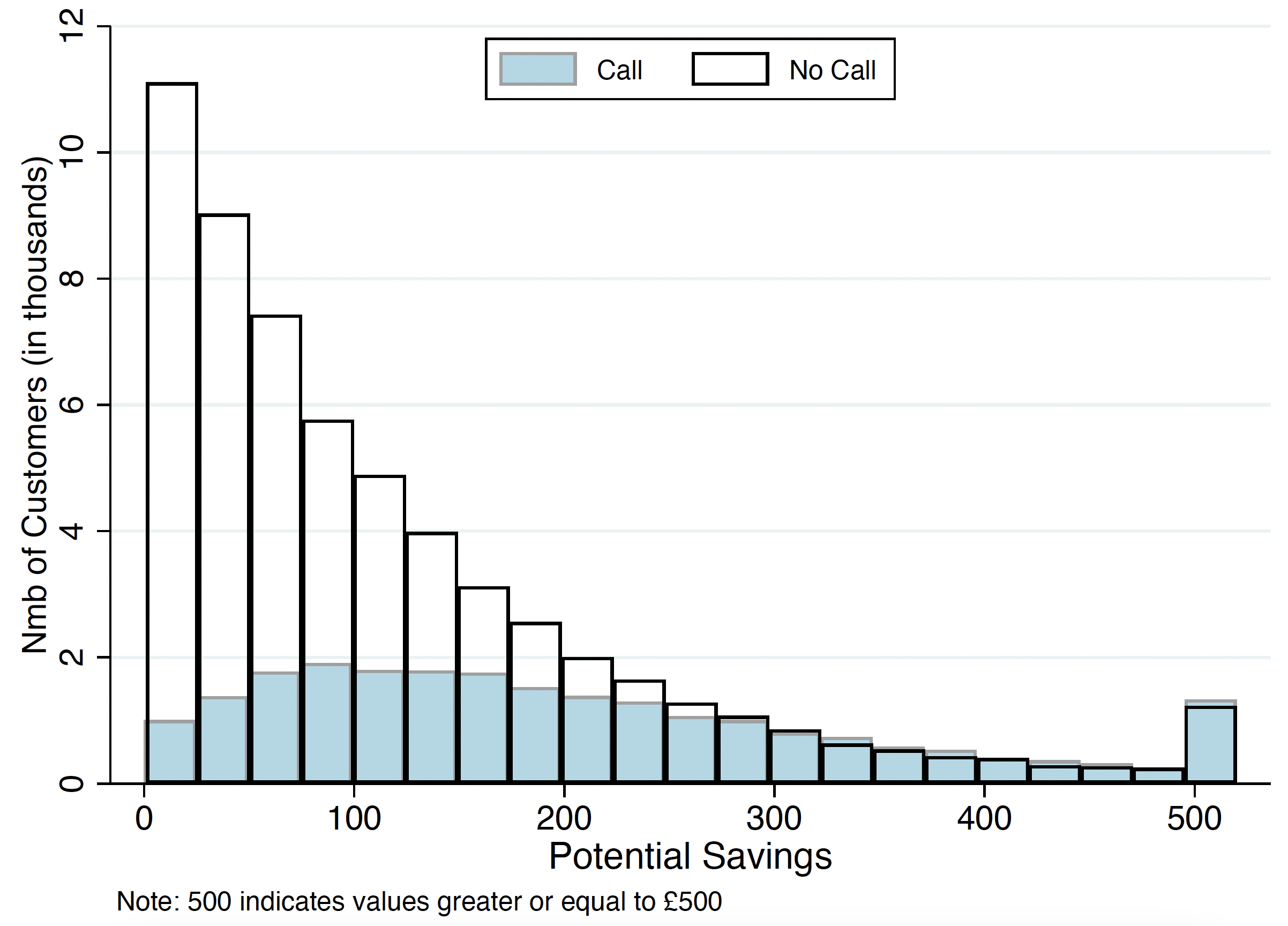We are living through a period of high inflation, driven by rising energy prices. Price hikes have an uneven impact on society, affecting low-income households in a particularly severe manner (Menyhert 2022).
This, in turn, calls for mitigation policies that are at least partly targeted towards society’s most vulnerable groups, such as social tariffs or energy vouchers (Bethuyne et al. 2022, Suryaansh and Ilzetzki 2022). These measures have a lower budgetary impact compared with universal ones such as price caps or freezes, but are generally more difficult to implement, often because they require means-testing.
A possible alternative is to adopt measures that are accessible to everyone but which require some action from potential beneficiaries. The idea is to introduce some degree of light-touch screening that should favour disadvantaged households, under the implicit assumption that more wealthy individuals are less likely to spend time in gaining access to benefits which, for them, may be modest, but which would represent a significant contribution to the budgets of families on lower incomes.
But differences in the attention that households pay to policies may produce perverse effects, transforming a measure intended to be progressive into a regressive one, mainly benefitting better off individuals. The importance of attention has been documented in several contexts, including mortgages (Keys et al. 2016) and healthcare (Heiss et al. 2021).
In a new paper (Heiss et al. 2023), we study a strong price shock affecting domestic water consumption in the South-East of England. The shock was induced by a government mandated programme requiring the installation of meters, which changed the water tariff from a fixed amount, based on the size/value of the house, to a variable amount, determined by actual water consumption.
This implies a strong price increase for big families living in small houses, since they tend to consume larger quantities of water, but formerly received a relatively small bill (Ornaghi and Tonin 2021). To smooth the price shock and ease the transition to the new regime, the water company introduced a special tariff for those households adversely affected by the switch, which allowed them to pay a lower bill for two years. This special tariff was not applied automatically to all qualifying households, but could be requested by making a simple telephone call.
What was the impact of introducing – without automatic implementation – a special tariff aimed at absorbing at least part of the price shock? Our empirical analysis reveals widespread inaction, with over 70% of those who could have benefitted from requesting the special tariff failing to do so, losing on average £121.50 over the two-year period of its application.
One important contribution that our analysis makes is to quantify how much of this inaction is attributable to inattention (i.e. failure to notice the measure or to understand its content) or to switching costs. It is important to note that the availability of the special tariff was well advertised, both within general information materials provided when the water meter was installed, and also in the water bills, which highlighted the personalised advantages of applying the tariff, based on the actual features of the household. This is therefore a setting that should minimise inattention.
It should be noted that the existence of transaction costs, however minimal, is essential to generate the intended progressive effects, given that more affluent individuals may think it is not worth losing time to save, let’s say, £40, but this amount could be enough to spur the poorest households into taking action.
Figure 1 shows that the likelihood of calling increases as potential savings grow, but soon reaches a plateau where only half of potential beneficiaries call, even if savings are in the hundreds of pounds
Figure 1


Note: 500 indicates values greater or equal to £500.
As people can only react to potential savings if they are aware of them, we can use this plateau as a measure of the probability of paying attention. In other words, if half of the people who could earn £300 don’t call, we infer that only 50% of users pay attention to the information sent, given that there are very few individuals for whom £300 doesn’t compensate for the time and the effort to make a call. Once we determine the probability of paying attention, we can use the increase in the probability of calling as savings increase to estimate transaction costs and see how these change for different socioeconomic groups.
Our empirical analysis of socioeconomic groups reveals an interesting finding. Consistent with the screening mechanism being effective, we find that for a given level of potential savings, households living in areas with higher levels of income and education are, indeed, less likely to call to apply the special tariff. This is true, however, only conditional on households paying attention. But the likelihood of paying attention works in the opposite direction, as households in more affluent areas are more likely to notice and understand the advantageous tariff. Overall, we find that the difference in attention is so high, that the special tariff turns out to be more beneficial to better off households. The policy thus becomes regressive, even if it is not so by design.
There are several parallels to the energy crisis currently being experienced in Europe: a big price shock related to the consumption of an essential good that is affecting more severely low-income households. So, what are the lessons learned in terms of shaping policies to alleviate the impact of the energy crisis on the most vulnerable households?
Even in normal times, it has been important for consumers to shop around for the best deals to control their energy costs. As this is often a time-consuming task for the average household, it is important to reduce transaction costs by providing clear information in bills and reduce hurdles in switching providers.
Our study shows that for this to be effective, there is the need for consumers to pay attention: informative and personalised letters are useless if unread. In this regard, the energy crisis represents an opportunity, as people are more likely to engage actively with their consumption patterns and contractual arrangements when energy costs are under the spotlight and financial implications are starkly evident. The resulting learning could then have a lasting impact, beyond the current crisis, which should therefore be encouraged, even if it is increasingly challenging to secure a good deal in the current energy market.
Another important lesson from our analysis is that if provisions requiring an opt-in are introduced, it is important that communication targets the most vulnerable sections of the population, including leveraging on personal networks through word-of-mouth communications (e.g Duflo and Saez 2003, Banerjee et al. 2013) or involving community groups serving, for instance, the elderly.
What our study has shown is that attention cannot be taken for granted, and the fact that it is not uniformly distributed in the population implies that it interacts with a policy in substantive ways. Ignoring this could lead to unintended consequences, as seen in the case of the water tariff.
Source :-CEPR



































































